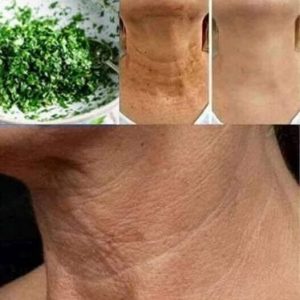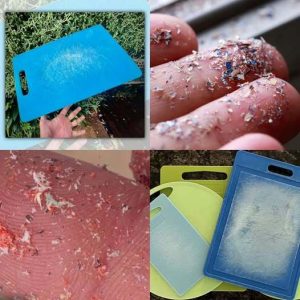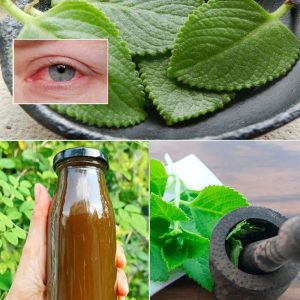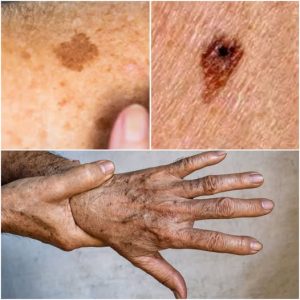While the combination of toothpaste and lemon juice is often suggested as a natural teeth-whitening remedy, dental professionals advise caution due to potential risks. Lemon juice is highly acidic and can erode tooth enamel, leading to increased sensitivity and a higher susceptibility to cavities. Enamel erosion is irreversible, and once the protective enamel layer is worn away, it cannot regenerate.
Toothpaste contains mild abrasives designed to clean teeth and remove surface stains. However, when mixed with acidic substances like lemon juice, the abrasive action can be intensified, potentially causing further enamel wear. This combination may initially make teeth appear whiter by removing surface stains, but the long-term damage to enamel outweighs the temporary cosmetic benefits.
For safer at-home teeth whitening, consider using toothpaste formulated with baking soda. Baking soda is a low-abrasive agent effective in removing surface stains without harming enamel. Additionally, over-the-counter whitening products containing hydrogen peroxide or carbamide peroxide are available. These products have been clinically tested and are generally safe when used as directed. It’s important to follow the manufacturer’s instructions and not to overuse these products to prevent tooth sensitivity or gum irritation.
Maintaining good oral hygiene practices is essential for a bright smile. Regular brushing with fluoride toothpaste, flossing, and routine dental check-ups can help prevent discoloration and promote overall oral health. Before trying any whitening treatments, especially DIY methods, it’s advisable to consult with a dental professional to ensure they are safe and suitable for your specific needs.





